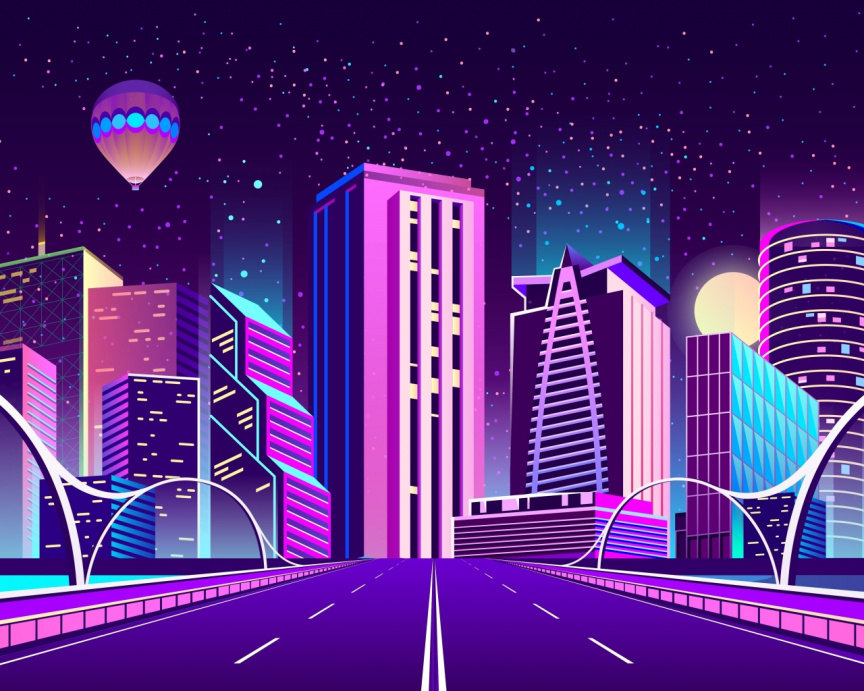
The term ‘Smart City’ is often, if not always described as a community or an urban area with a physical infrastructure (smart city infrastructure) and devices that capture and exchange information throughout the network. Perhaps it’s important to lift our eyes beyond the horizon of technology and consider the people aspect of smart cities.
Why is innovation important to humanity? Because it is innovative minds who discover viable solutions to existing problems. Lightbulbs, televisions, smartphones, homes and every other appliance we use have evolved through continuous research and innovation. Why do those brilliant minds work endlessly to improve the solutions? The first and foremost answer would be the monetary benefit - of course. However, a large part of that reason is also people and giving up to date solutions.
What are smart cities beyond the technological platitudes?
Housing Development Corporation (HDC) says that a smart city is more about the people than technology. While the smart city infrastructure is a physical network that will trigger a chain reaction of technology-based innovations, at the core of it would still remain the needs of the people living in the Greater Male’ area. Though efficiency and economic targets are conventionally used to chauffeur smart city programs, it has evolved to consider social and environmental factors as well.

Cities can only reach their full potential when they become healthier places to live. The smart city infrastructure intends to strategically reduce carbon emissions, protect our heritage, create more jobs and deliver the infrastructure needs of a sustainable 21st Century city. The underlying objective of HDC’s Smart City Infrastructure is enabling connected communities. Connecting communities will bring forth innovative solutions to long-established problems and incentivize the state and citizens to make smart decisions.
From an information viewpoint, institutionalizing the use of technology to actively collect data will provide fresh perspectives. From analyzing problems to creating solutions and measuring the effectiveness of those solutions will become more practical and manageable. For instance, if a particular area of a city evidently becomes congested within a definite time frame on a regular basis, it is important to learn the cause. By identifying the cause, traffic management systems will not only be able to formulate permanent solutions. Additionally, the effective solutions can then be tailored to other areas and address comparable problems.
It is no argument that the Greater Male’ area (on some level) has been dwelling in an urban plight. The plight conflates a number of economic, political and social issues. Many of these issues are attributed to exorbitant rental fees, job scarcity, low incomes and lack of growth opportunities. The Smart City Infrastructure will enable a connected community in which individuals can create more ways to earn additional income, even revamp their careers to improve the overall quality of their lives. Adding to these newfound opportunities would be communities comprised of talent from various industries. These communities will provide individuals with the information, tools and directional assistance to refine their skills, create better-earning possibilities and innately achieve new career heights.

From an individual’s perspective, a question may arise in the form of, “how will the smart city infrastructure help me as an individual?”. Perhaps it would be ideal to shine some light on a scenario. The owner of three shops would like to monitor the performance of all three businesses with just their mobile phone. All they need to do is open a mobile app to run a prompt stock count, check sales records or even learn when their staff clocks in and out. Since a smart city’s main strategic elements include participation drivers, it will stimulate convenient tools and applications that will improve the way we carry out day-to-day tasks.
Living in a smart city is more than being connected to devices and sensors. A smart city provides all the means necessary to solve long overdue problems. Once the deep-rooted problems begin to get solved, it will create space for innovative leisure practices.